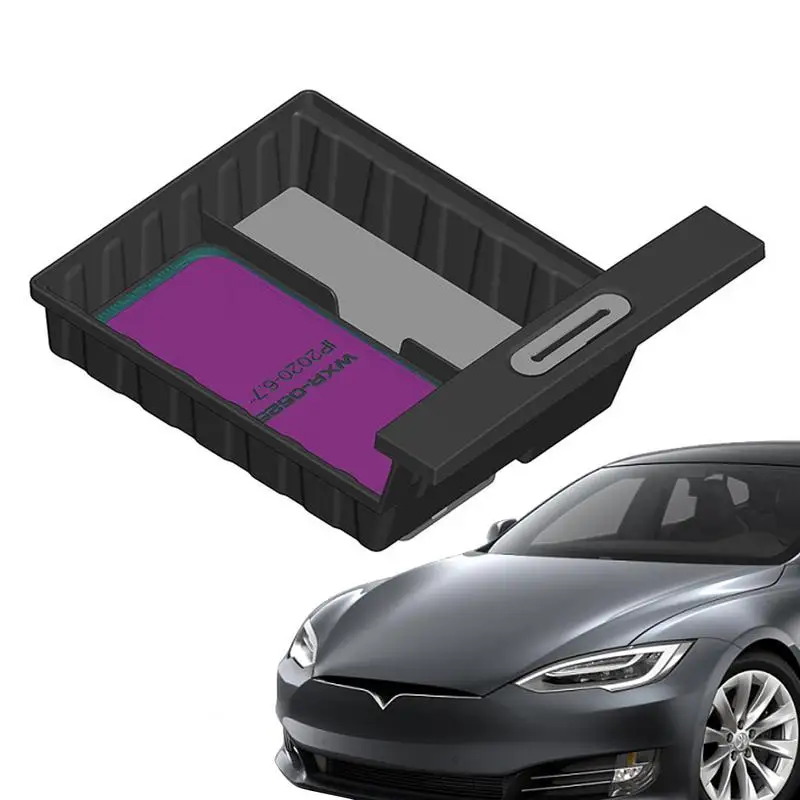Crucial 16GB 288-Pin UDIMM DDR4 (PC4-19200) Server Memory Module

In the ever-changing world of technology, any component more than half a decade old is usually in need of an update. At seven years old and counting, that's exactly the state DDR3 memory is in: computers can only do so much with it. Since the introduction of DDR3 memory technology in 2007, processors have doubled in capability, SSDs have revolutionized throughput and graphics cards have drastically increased frame rates, leaving memory as a limiting factor. With Crucial DDR4 Desktop Memory, crush the DDR3 memory bottleneck and unlock a new standard of performance. • Speeds start at 2133 MT/s and faster data rates are expected to be available as DDR4 technology matures • Increase bandwidth by up to 32% • Reduce power consumption by up to 40% • Faster burst access speeds for improved sequential data throughput • Optimized for next generation processors and platforms • Available in four channel kits up to 64GB • Limited lifetime warranty 2x the Speed Load applications faster and run demanding programs without lag. Crucial DDR4 memory debuts at 2133 MT/s - more than 30% faster than DDR3 memory technology.1 Even better, as DDR4 technology matures, speeds are projected to hit 3200 MT/s - twice what was possible on standard DDR3 memory. 2x the Bandwidth Effortlessly multitask between apps and empower your system to fire on all cylinders. Crucial DDR4 increases memory bandwidth by over 30%, allowing your system to handle more data at once. As DDR4 technology matures, bandwidths are expected to achieve up to 25.6 GB/s - twice that of standard DDR3. To maximize bandwidth, Crucial DDR4 memory is optimized for next-gen platforms that support four channel memory. 40% More Energy Efficient Get better performance - using less power. Operating at just 1.2V compared to 1.5V for standard DDR3 memory, Crucial DDR4 consumes 20% less voltage than standard DDR3 technology. Crucial DDR4 modules also contain other efficiency features, for an overall power reduction of up to 40%. Memory spec terms If you're not sure if a module is right for your system, use the Crucial Memory Advisor tool for a list of guaranteed compatible modules. NON-ECC/Non-parity Most desktop and laptop computers take NON-ECC or Non-parity memory. ECC/Parity ECC or parity modules look for errors in data and are most often found in servers and other mission-critical applications used by large networks and businesses. Unbuffered Most PCs and workstations use unbuffered memory which is faster than registered memory. Registered/Buffered Registered or buffered modules delay all information transferred to the module by one clock cycle. This type of memory is primarily used in servers. Fully buffered Designed for next-generation servers, features an advanced memory buffer. CL CAS (column address strobe) latency, which is the number of clock cycles it takes before data starts to flow after a command is received. Lower CL is faster. Modules with different CL can be mixed on a system, but the system will only run at the highest (slowest) CL. Component configuration (For example: 64Meg x 64) Indicates the size of the memory chip components on the module. Voltage For example 2.6V. Indicates the power used by the module. The lower the better.
Customers also viewed














































